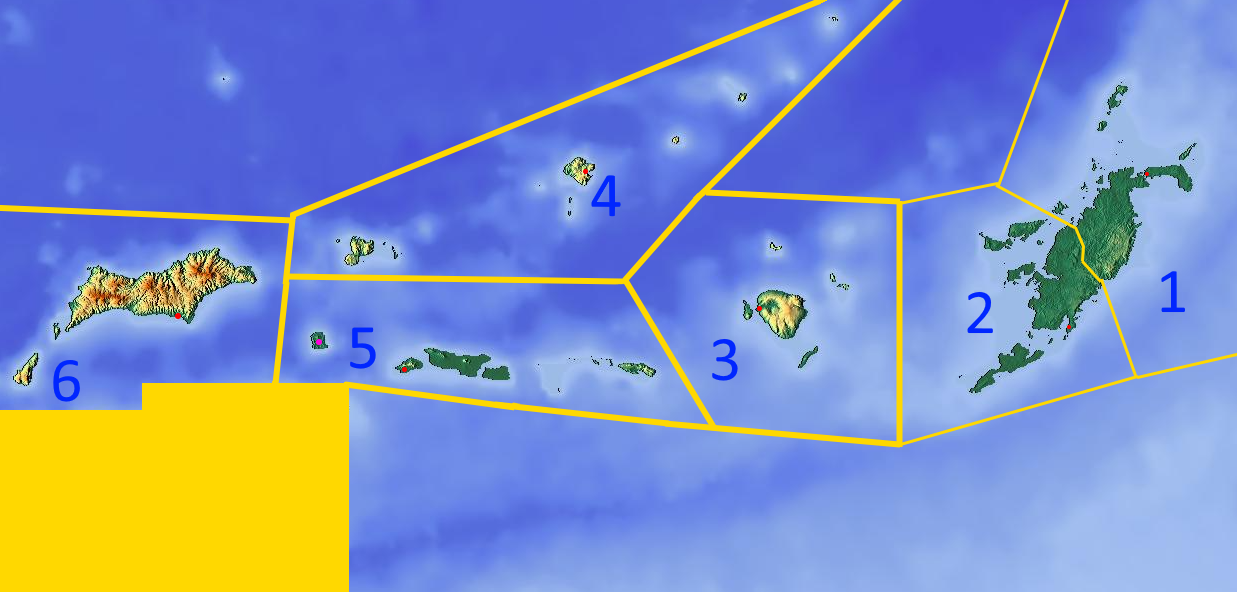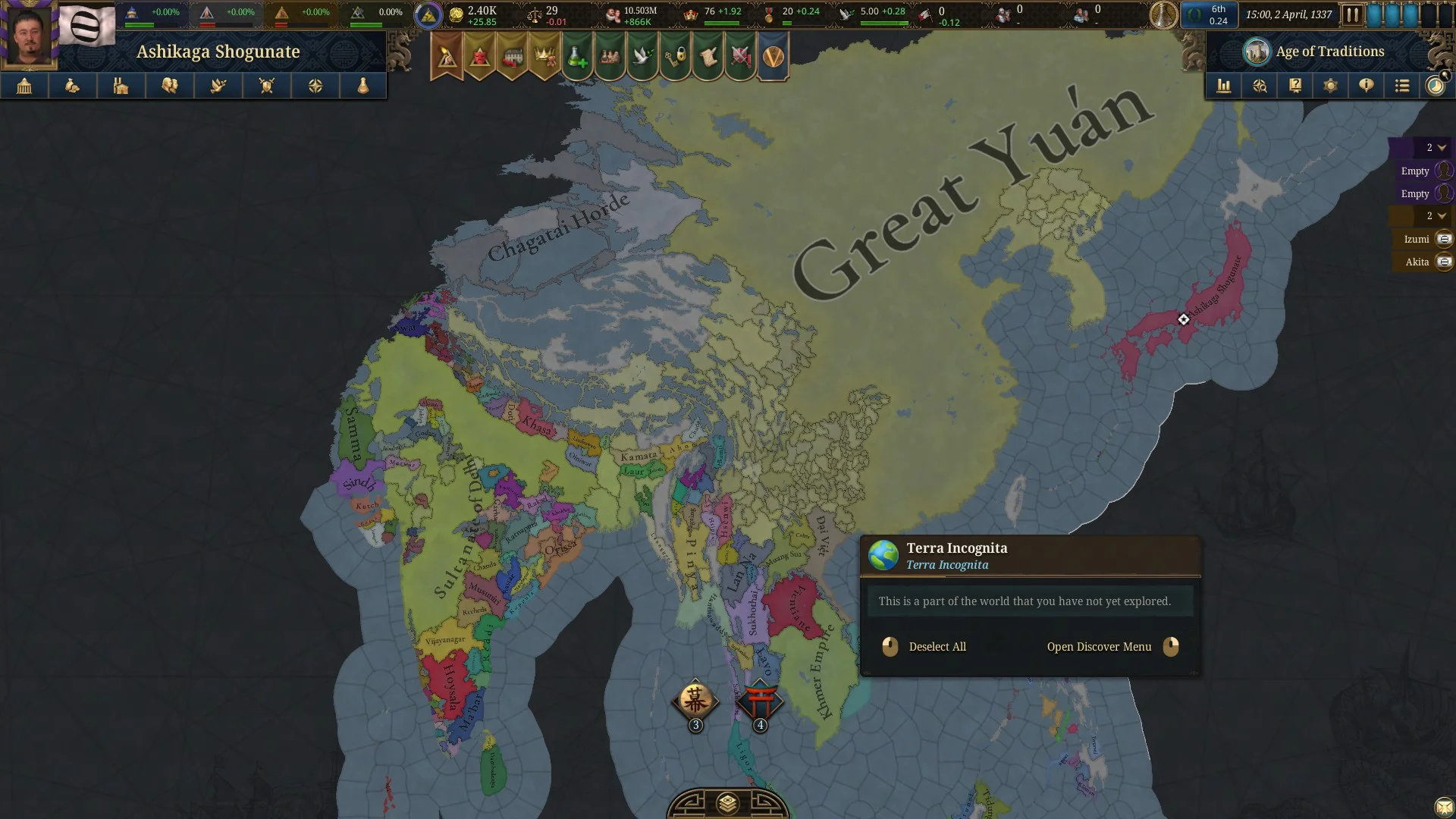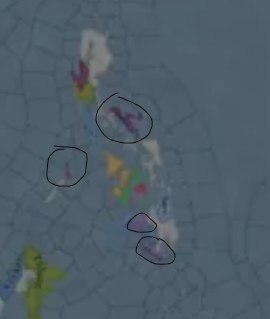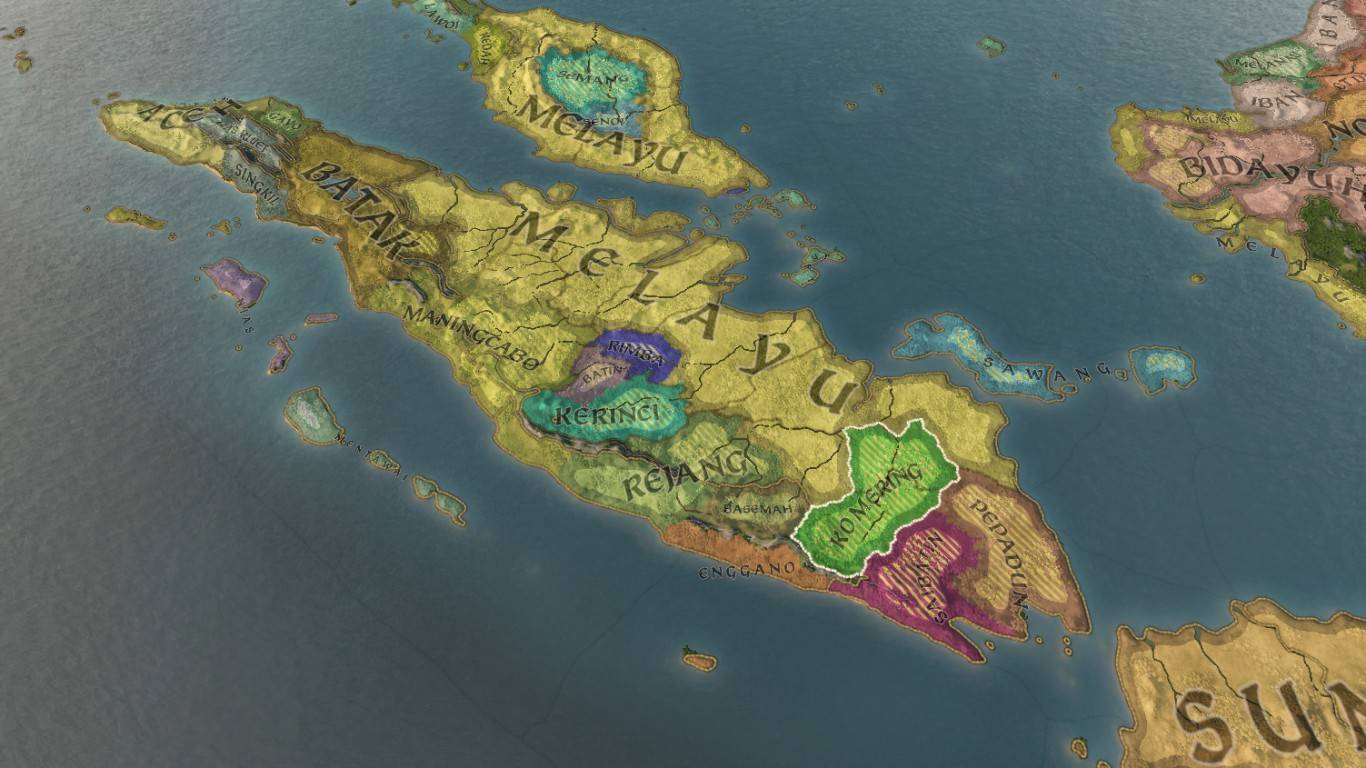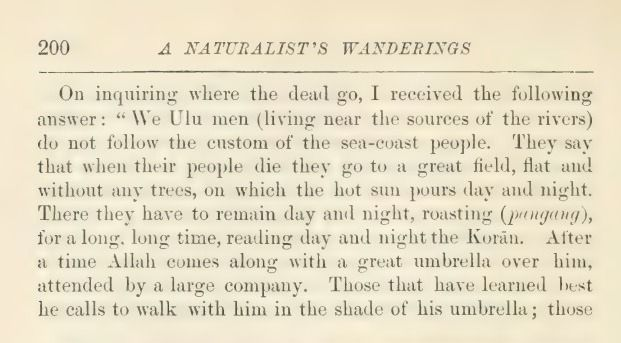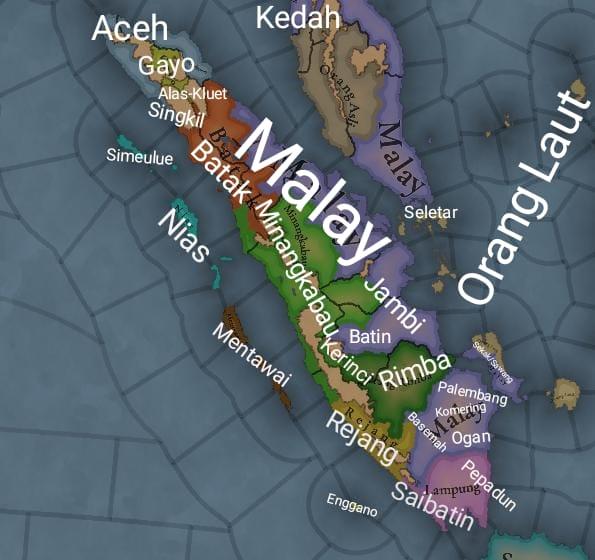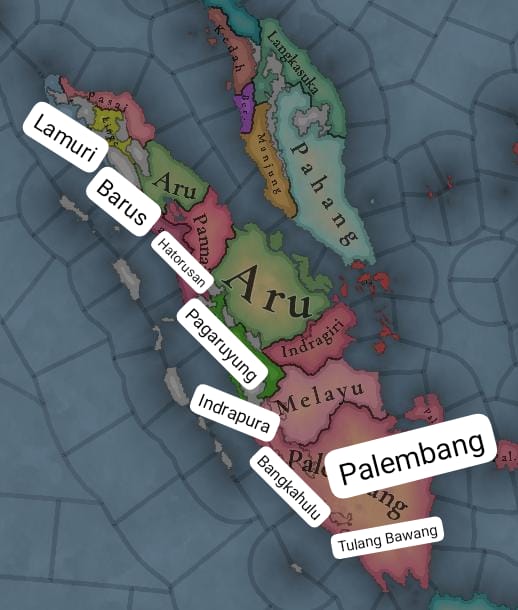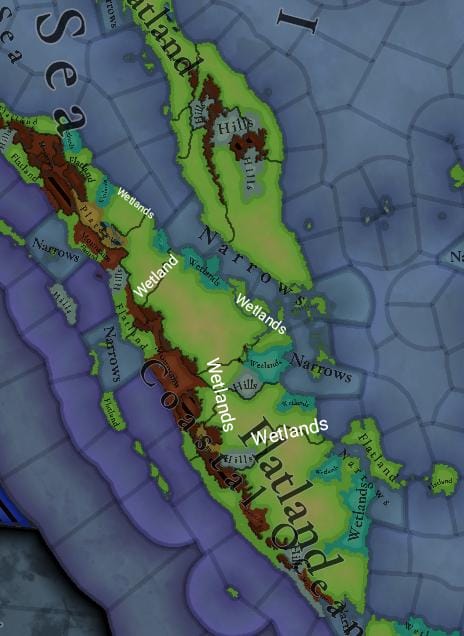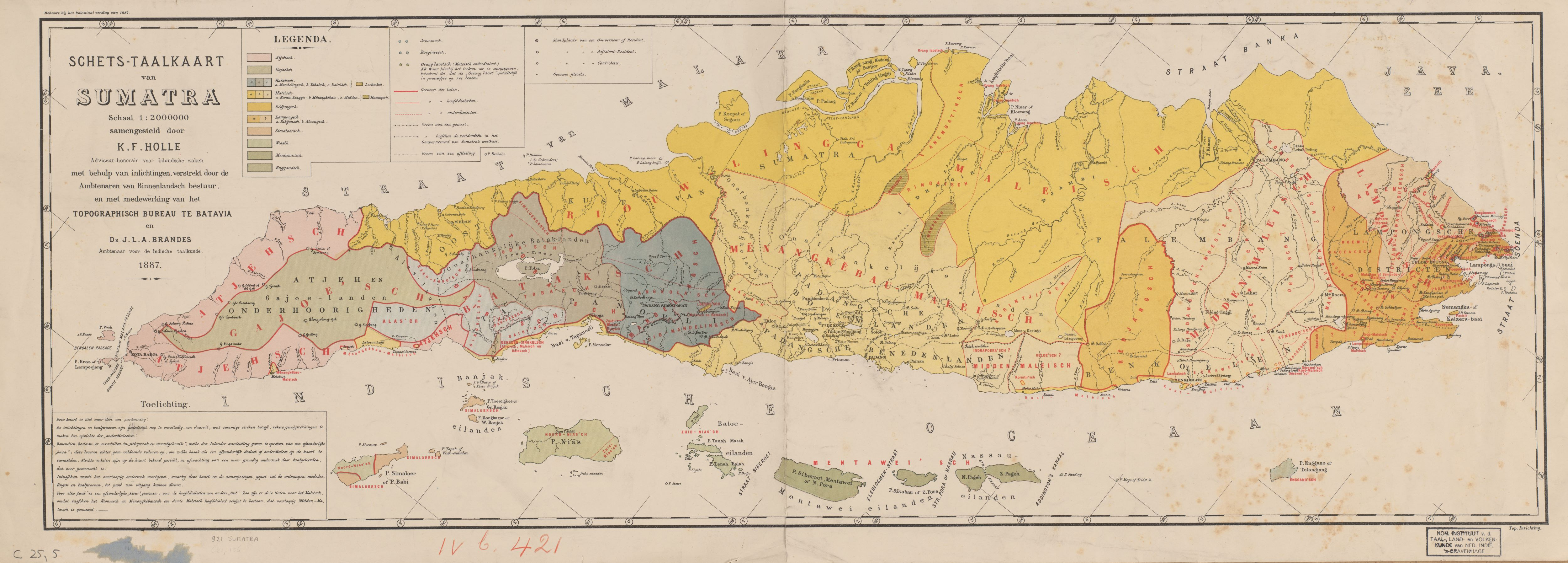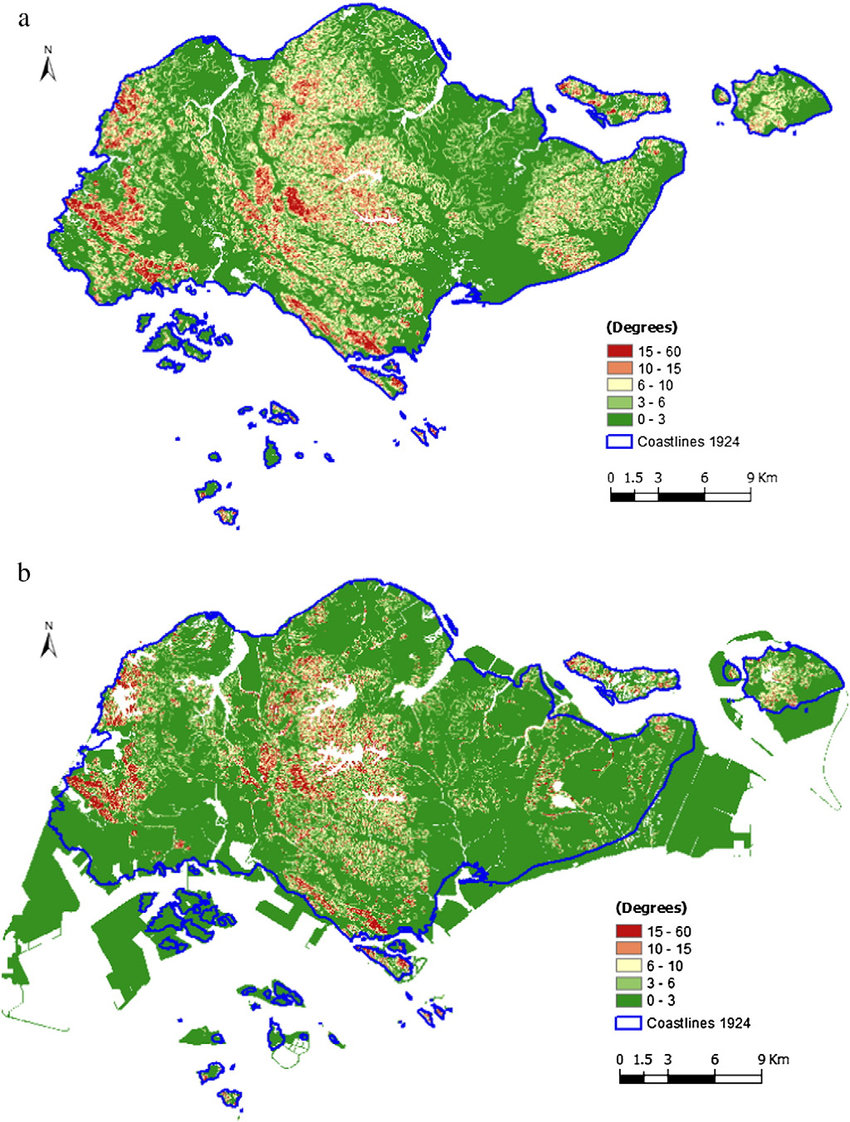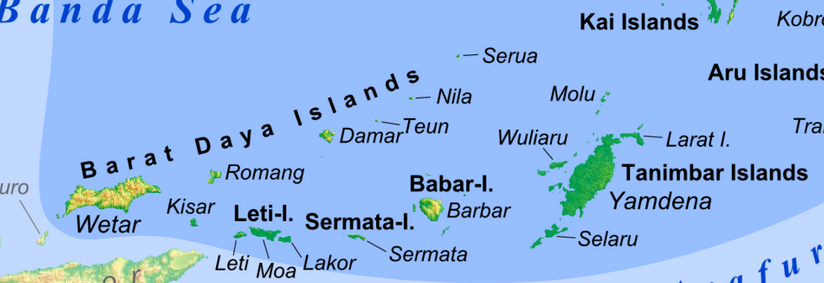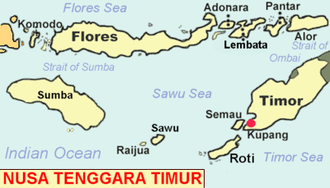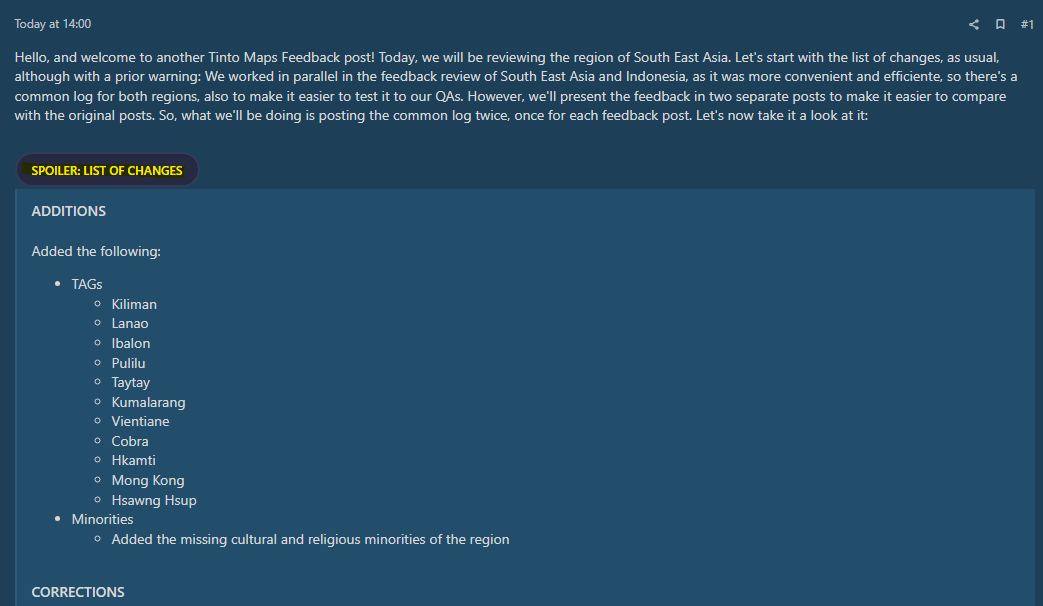Hello, and welcome to another week’s edition of the maps of Project Caesar. I hope you have your boat prepared, because today we’ll be doing some island hopping looking at all the archipelago of Indonesia.
Countries



 A very wide area filled with many countries. Obviously, the most important emerging power is
A very wide area filled with many countries. Obviously, the most important emerging power is Mahajapit, Majahapit, Mapajahit, Mahapajit, Mapajahit… Majapahit, originating from Java and who are taking advantage of the vacuum created by the disappearance of the Srivijaya Empire to conquer or subjugate many of the Malay polities to establish a new thalassocratic empire. In the island of Borneo, the Kingdom of Brunei is extending its territory with the subjugation of many countries in the Philippines, where the Kingdom of Tondo establishes a certain hegemony but still with many other polities in the islands that could easily take its place. On the Celebes, the island is divided into multiple countries, with the Kingdom of Luwu (starting with L) establishing a firm presence. Further east, Tidore and Ternate are ready to also be very influential polities in the region, despite their humble origins in their small islands.
Societies of Pops

Not much in here, only the Orang Asli in the Malay peninsula and the Ilocos people in north Philippines.
Dynasties

Not much to say here, as much of the dynasties are generated due to the lack of data. Notable exceptions to that are, of course, the Rajasa dynasty of Majapahit and the Mauli dynasty of the Melayu kingdom.
Locations









Provinces





Areas

The name of the sea is still encroaching on the land, but this will be solved eventually. Fortunately, the islands make it quite easy to define the areas in this region.
Terrain



Vegetation and climate is quite (almost) uniform with tropical jungle, while the topography makes it generally to be quite rugged, with flatlands being present almost only on the bigger islands.
Development

As one would expect, these parts are not as developed as what we’ve been seeing recently.
Natural Harbors

I don’t think it’s to anyone’s surprise that Singapore or Manila turned out to be such good harbors.
Cultures





 I think this may be the most culturally diverse area we’ve presented until now. Keep in mind though that minorities have not been done here yet, so there will probably be more blending and variation in the end.
I think this may be the most culturally diverse area we’ve presented until now. Keep in mind though that minorities have not been done here yet, so there will probably be more blending and variation in the end.
Religions




 A foreword before presenting the religions of Indonesia. You might notice that the promise to break the Animist religion into smaller ones is now in full effect. However, this is not going to be the final step, but an intermediate one. We created a lot of different 'culture-based religions' where we knew that people had different believes and rites; now we want to group them into broader categories, that would make sense gameplay-wise, following similarities in beliefs, practices, or mythologies - take as an approximate example the Northern American religions shown in the Religious Overview Tinto Talks. In this regard, we will appreciate any feedback about how to better group these religions, as it will be much easier for us to do it with your help.
A foreword before presenting the religions of Indonesia. You might notice that the promise to break the Animist religion into smaller ones is now in full effect. However, this is not going to be the final step, but an intermediate one. We created a lot of different 'culture-based religions' where we knew that people had different believes and rites; now we want to group them into broader categories, that would make sense gameplay-wise, following similarities in beliefs, practices, or mythologies - take as an approximate example the Northern American religions shown in the Religious Overview Tinto Talks. In this regard, we will appreciate any feedback about how to better group these religions, as it will be much easier for us to do it with your help.
With that said, let's focus on Indonesia again. This region is also one of the most varied religion-wise. It is notable the presence of Hinduism and Mahayana, as the prominent countries in this area were Hindu-Buddhists before the arrival of Islam, which is currently just starting to make its entrance through the north of Sumatra.
Languages

One thing I want to say here regarding languages (as for example I saw someone getting surprised by the Mon language presence in the south of the Malay peninsula) is that we have had to make some grouping of languages in certain cases. Among many other issues, languages need to have sets of names for characters, so in cases that we couldn’t find a suitable big enough group of names for a language, we were forced to group it with another one close in their linguistic group (even if just temporarily). We are currently working on improving this, so that we can have the best possible representation without having to compromise gameplay, so it is quite possible that some of the languages that we have been forced to group into bigger groups get further splits in the future. Also, dialects were not a thing yet when we did this area, so nothing about that is implemented here yet.
Court Languages

Not much difference with the normal languages map, except only in those cases where a country is ruling over another culture (which will be mitigated once minorities are done)
Raw Materials




 Mainly lumber due to so many jungle, but also some other interesting resources here. And obviously also quite a bit of spices in the Spice Islands.
Mainly lumber due to so many jungle, but also some other interesting resources here. And obviously also quite a bit of spices in the Spice Islands.
Markets

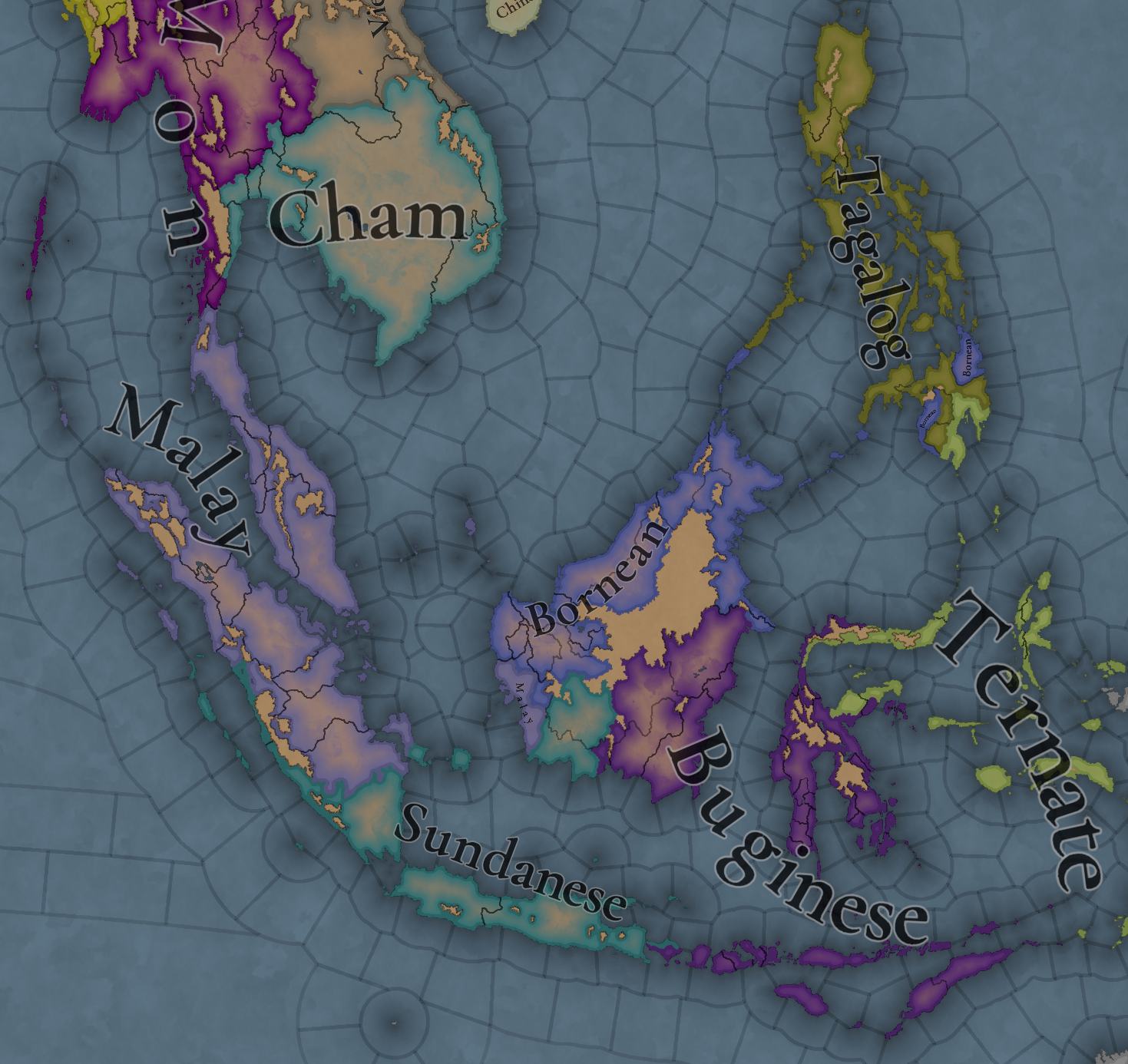 Added here also the market languages, although keep in mind that it is just the language of the culture of the market center.
Added here also the market languages, although keep in mind that it is just the language of the culture of the market center.
Population









 Majapahit is the most populated, which will help them become the regional hegemon they historically were.
Majapahit is the most populated, which will help them become the regional hegemon they historically were.
That is all for this week. Don’t put away your boats yet though, as next week we will continue our seafaring adventures and take a look at Oceania. See you there.
Countries




Societies of Pops

Not much in here, only the Orang Asli in the Malay peninsula and the Ilocos people in north Philippines.
Dynasties

Not much to say here, as much of the dynasties are generated due to the lack of data. Notable exceptions to that are, of course, the Rajasa dynasty of Majapahit and the Mauli dynasty of the Melayu kingdom.
Locations









Provinces





Areas

The name of the sea is still encroaching on the land, but this will be solved eventually. Fortunately, the islands make it quite easy to define the areas in this region.
Terrain



Vegetation and climate is quite (almost) uniform with tropical jungle, while the topography makes it generally to be quite rugged, with flatlands being present almost only on the bigger islands.
Development

As one would expect, these parts are not as developed as what we’ve been seeing recently.
Natural Harbors

I don’t think it’s to anyone’s surprise that Singapore or Manila turned out to be such good harbors.
Cultures






Religions





With that said, let's focus on Indonesia again. This region is also one of the most varied religion-wise. It is notable the presence of Hinduism and Mahayana, as the prominent countries in this area were Hindu-Buddhists before the arrival of Islam, which is currently just starting to make its entrance through the north of Sumatra.
Languages

One thing I want to say here regarding languages (as for example I saw someone getting surprised by the Mon language presence in the south of the Malay peninsula) is that we have had to make some grouping of languages in certain cases. Among many other issues, languages need to have sets of names for characters, so in cases that we couldn’t find a suitable big enough group of names for a language, we were forced to group it with another one close in their linguistic group (even if just temporarily). We are currently working on improving this, so that we can have the best possible representation without having to compromise gameplay, so it is quite possible that some of the languages that we have been forced to group into bigger groups get further splits in the future. Also, dialects were not a thing yet when we did this area, so nothing about that is implemented here yet.
Court Languages

Not much difference with the normal languages map, except only in those cases where a country is ruling over another culture (which will be mitigated once minorities are done)
Raw Materials





Markets


Population










That is all for this week. Don’t put away your boats yet though, as next week we will continue our seafaring adventures and take a look at Oceania. See you there.



